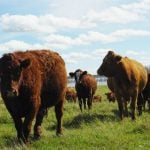
Features

Fall herbicide application timing in canola
To control perennial weeds in canola, there are benefits to both pre- and post-harvest control options — the deciding factor could be tied to your goals
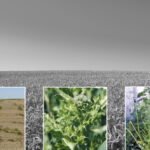
Zap troublesome weeds in the fall
Whether it works best pre- or post-harvest depends on several factors
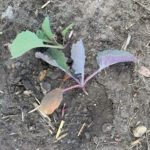
Crop advisor casebook: Purple plants perplex canola grower
A Crop Advisor's Solution from the June 1, 2021 issue of Grainews
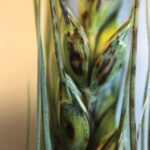
Bacterial leaf streak is a disease you want to watch for
This emerging disease, not to be confused with bacterial leaf spot, is reaching economic levels in some Prairie fields — here’s what you need to know
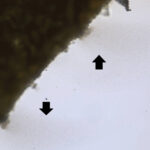
Top tips for managing bacterial leaf streak
There may not be in-season management tools yet, but that doesn’t mean you don’t have options
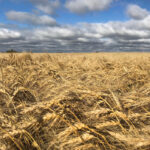
Crop advisor casebook: Why did the protein content in this wheat crop take a hit?
A Crop Advisor's Solution from the May 11, 2021 issue of Grainews

Several benefits come with an eight-inch-wide strip of tillage

And the canola disease surveys say…
The 2020 numbers on blackleg, sclerotinia stem rot, clubroot, verticillium stripe and others across the Prairies

The 4Rs of disease management
How to get the most out of your disease management tools
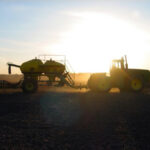
Crop advisor dos and don’ts for #Plant21
A few pointers on what goes into optimizing crop production and profitability


